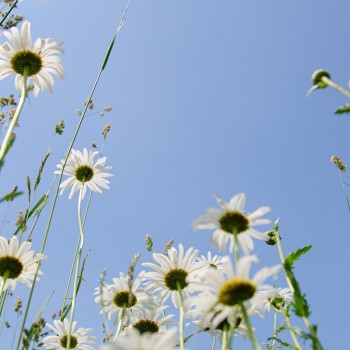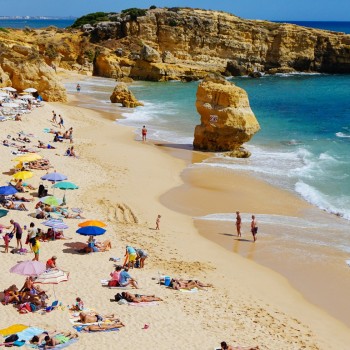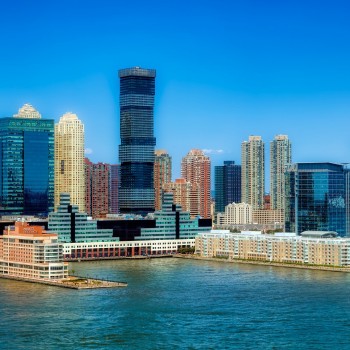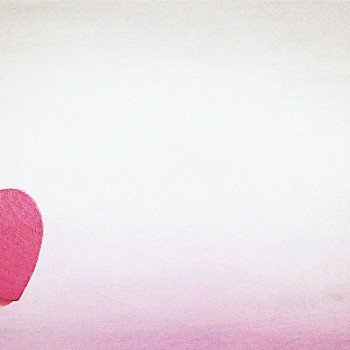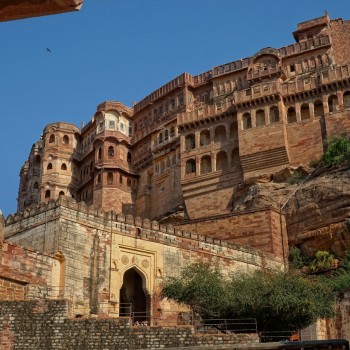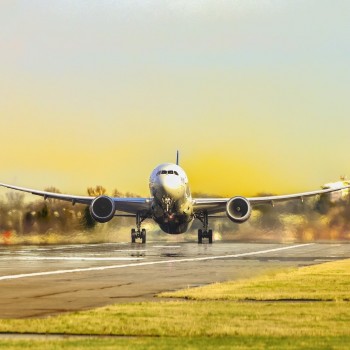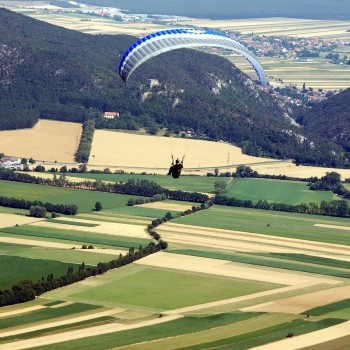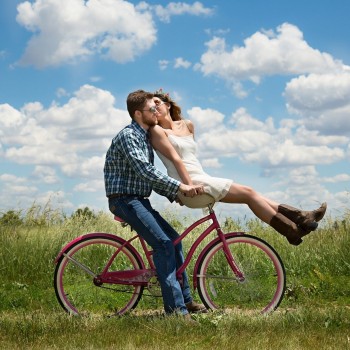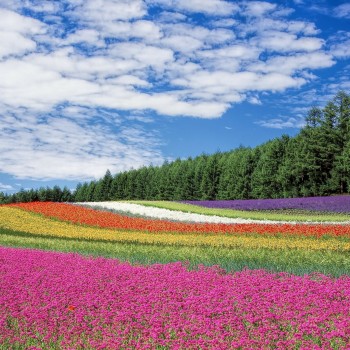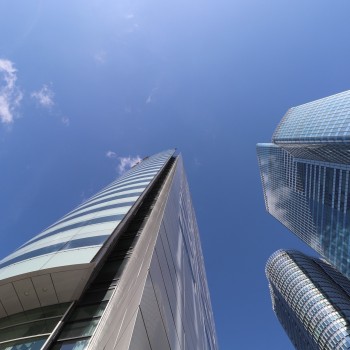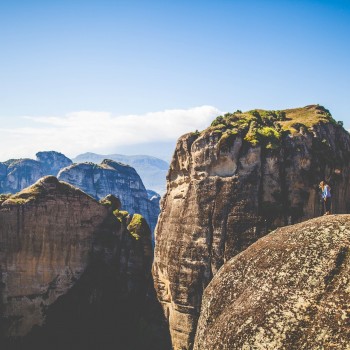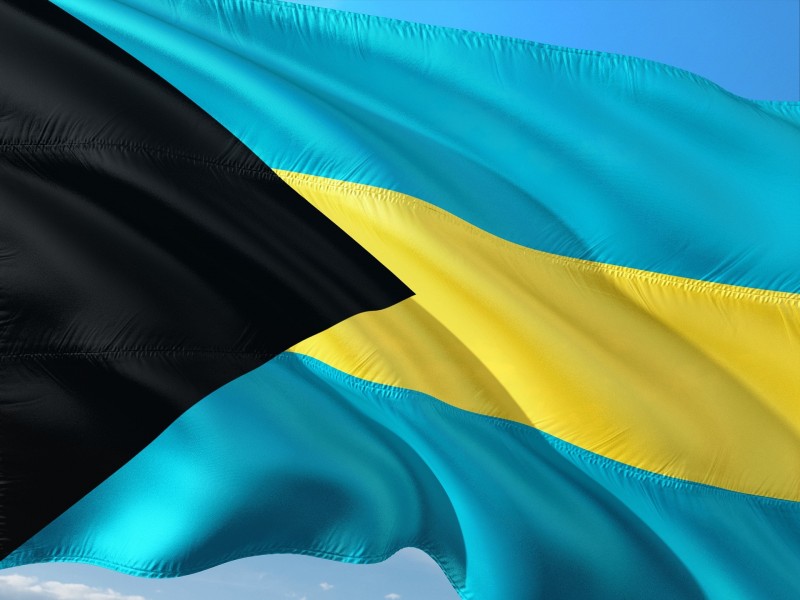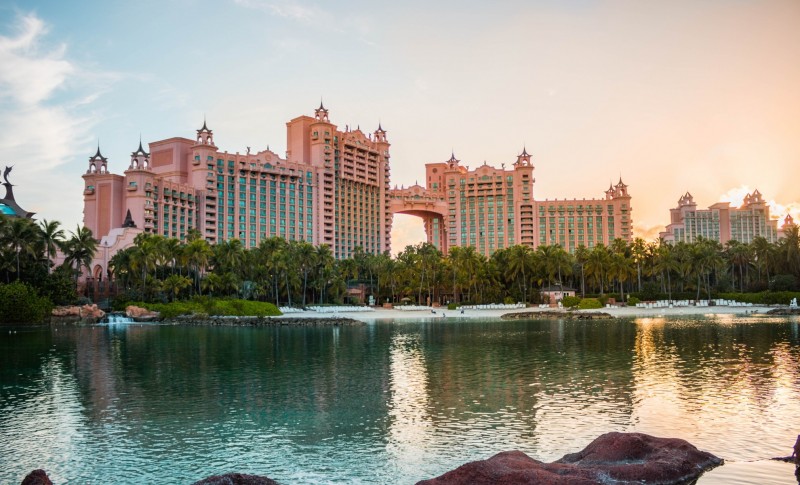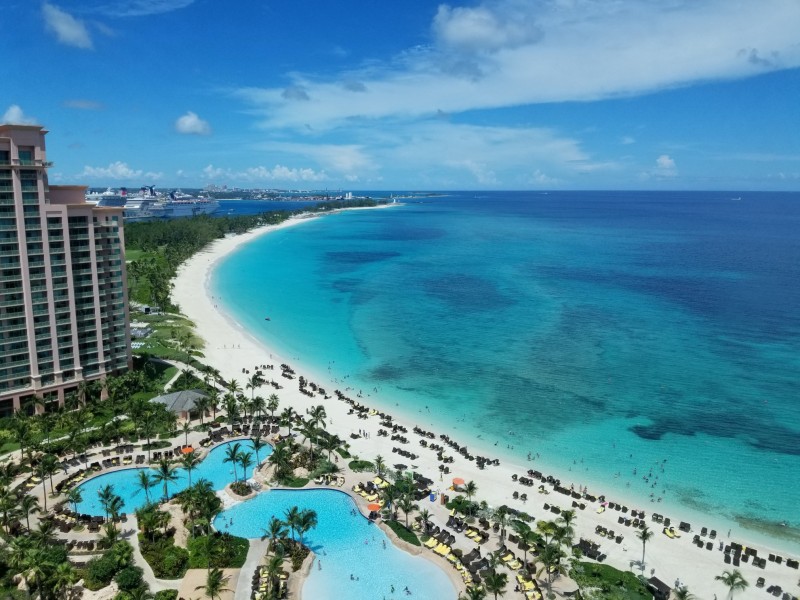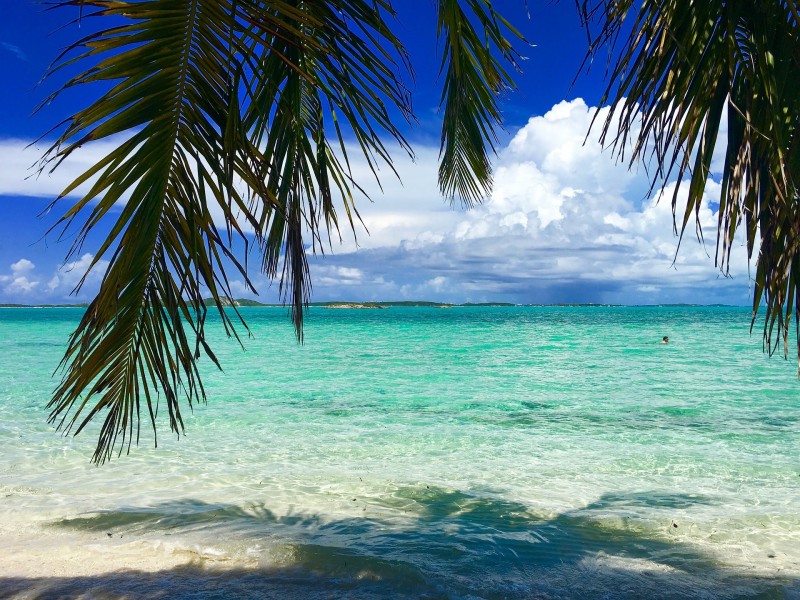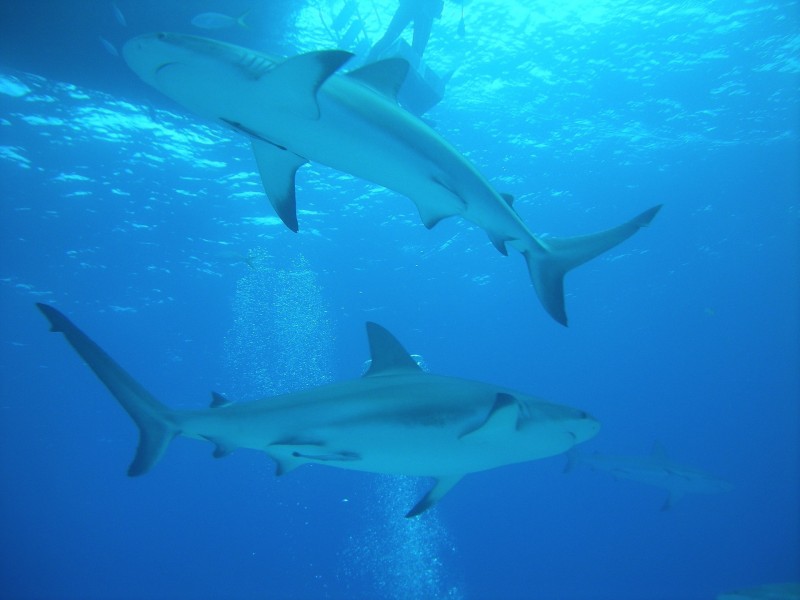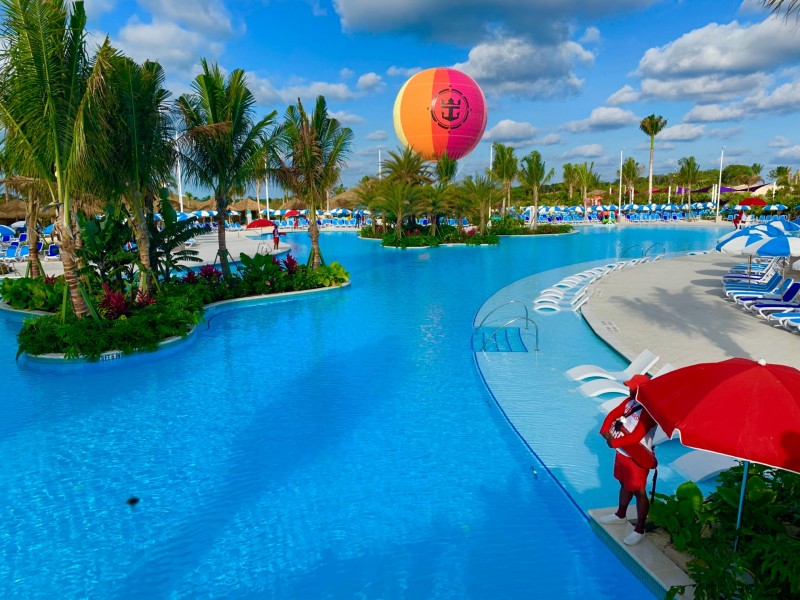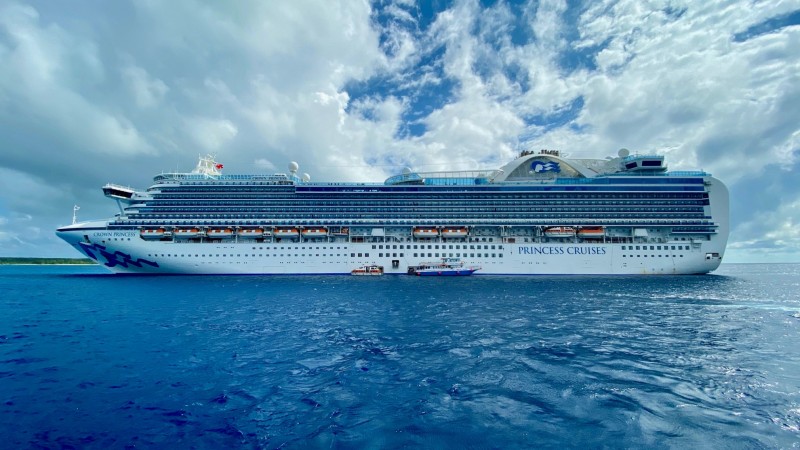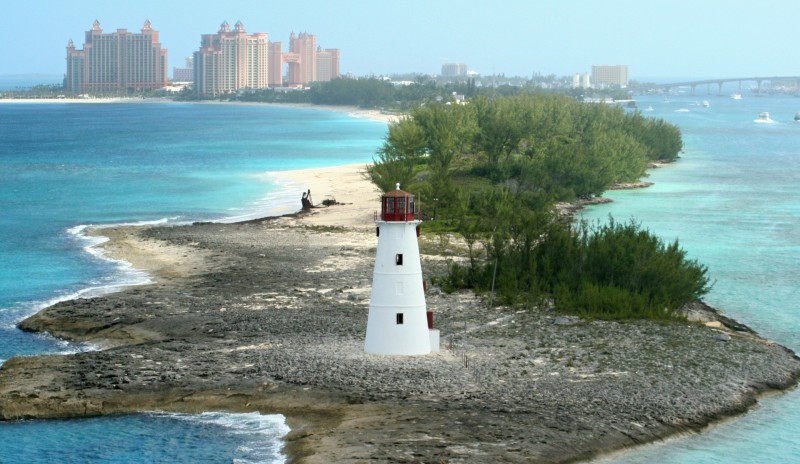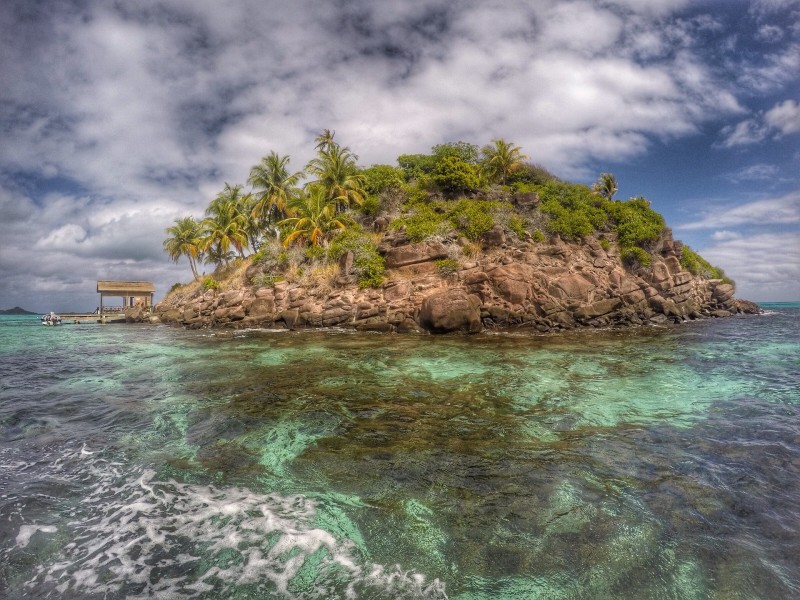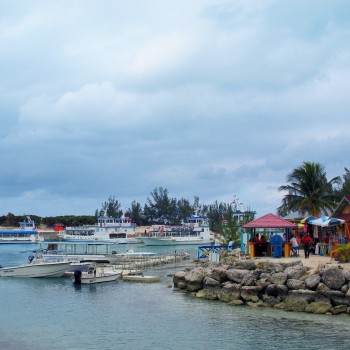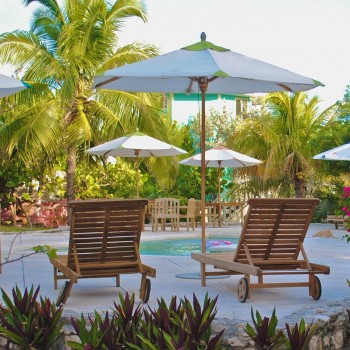The Bahamas
The Bahamas
Capital city description
Nassau, originally called Charles Towne, capital of The Bahamas, West Indies, is a port on the northeastern coast of New Providence Island and one of the world’s top pleasure resorts. The climate is temperate, and the sandy beaches and scenery are beautiful. Although the city proper is comparatively tiny, suburbs and residential districts stretch far along the coast and into the interior. Nassau’s spectacular natural vegetation includes scarlet poinciana trees, poinsettias, and purple bougainvillea. The Ardastra Gardens and Zoo, west of the city, contain flamingos and many rare tropical plants. Paradise Island, a luxury tourist resort with high-rise hotels and casinos, was developed in the 1960s and is connected with Nassau by two bridges, one a toll bridge. It shelters Nassau’s excellent natural harbor, which can accommodate cruise ships of all sizes. Offshore are marine gardens at the eastern end of the port; glass-bottomed boats are available for underwater sightseeing. Nassau is a tourist and international banking center. Domestic exports include crawfish (spiny lobster), other seafood, fruit and vegetables, rum, and crude salt. The College of the Bahamas was established in 1974. Nassau is reached by international sea or air routes and has local services to other islands.
Climate
The climate of The Bahamas is sub-tropical with fairly high mean temperatures and moderate rainfall.
Languages spoken
English is the official language of the Bahamas.
Fun/Fascinating Facts
- Baha mar means shallow sea in Spanish. As can be seen in any satellite image, the water around the Bahamas is indeed shallow—the entire region has a delightful turquoise color. The turquoise comes from the white calcium carbonate sand and the color of light when reflected off the bottom and unabsorbed by the water. The water around the Bahamas is so saturated with calcium carbonate (the stuff that makes up sea shells) that it will often precipitate directly out of the water.
- It believes that Columbus’ first landfall in the new world was on the island of San Salvador. In 1986, National Geographic postulated that he landed on Samana Cay. The European land rush in the new world began in the Bahamas.
- After the United States and Canada, the Bahamas is the third most prosperous country in the new world. The Bahamian dollar is pegged 1-to-1 with the U.S. dollar. The largest industry in the country is tourism (which makes sense), and that accounts for a whopping 60% of the country’s income and half of all employment.
- The island of Bimini is only 50 miles from Miami. Only Russia is closer, with the distance between the Big and Little Diomede Islands only 2.5 miles. Regular ferries can take you between Miami and Bimini about two hours flat. The island of Bimini is only 50 miles from Miami. Only Russia is closer, with the distance between Big and Little Diomede Islands only 2.5 miles. Regular ferries can take you between Miami and Bimini about two hours flat.
- The Bahamas’ $1 note has an image of the Nassau Police Marching Band on the currency, making them the only marching band to appear on any legal tender.
Unique Customs/Traditions
- Nothing is more indigenous and unique to Bahamian culture than Junkanoo. It is a music and dance form that originated in The Bahamas during the days of slavery. Over the years, it has remained remarkably unchanged, a festive parade complete with colorful costumes, goatskin drums, clanging cowbells, whistles, and horns.
- ‘Goombay’ music can be considered among the earliest indigenous forms of Bahamian music that originated with its Afro-descendant population in a drumbeat rhythm. And was the style used by many early Bahamian musicians and composers like Blind Blake, George Symonette, and Eloise Lewis.
- ‘Rake and Scrape’ has its origins in the family island of Cat Island, where it developed as a hybrid form from European and African music cultures. It is popular folk music among Bahamians and has been used as a classical folk form for various traditional folk musicals, folk plays, and folk operas by various Bahamian composers. It operates as an accompaniment for the ‘quadrille, plaiting the maypole, and other folk dance forms.
- Sharing a meal is the most common way to build a relationship. However, they also maintain a sense of decorum and are very polite. Hospitality is an extension of this, and they like to get to know people, say hello to strangers, and invite people into their homes.
- Local people chose their partners by themselves. Weddings arrange in churches. In the countryside, local people can marry their cousins, but this is something that doesn’t happen in cities. A married couple can divorce without any problems. There are families where a woman is ahead. It is not rare to see retired people raising their grandchildren in the countryside – they do it because parents move to cities to earn money. Family is an essential treasure for Bahamians. They always take care of their elder relatives as carefully as they take care of their children. Traditions and gender roles are still strong in local society – girls expect to be cheerful and help their mothers with the household, and boys play outside with other boys and crave independence.
Popular universities
| Name | Description | |
|---|---|---|
| University of the West Indies- Bahamas campus | The University of The West Indies was Founded in 1947; UWI is the region's flagship institution of higher learning. The university comprises five campuses: Cave Hill Barbados, Mona Jamaica, St Augustine Trinidad, Open Campus, and Five Islands Antigua and Barbuda. The Bahamas became an affiliate with UWI in January 1964. To better serve non-campus territories, approved the information of one campus in 2007. The approval resulted in the opening the Open Campus Bahamas Site in Nassau, The Bahamas. The purpose of UWI is to open doors to life-changing learning throughout the Caribbean region. The vision is to be an excellent global university rooted in the Caribbean. The mission of UWI is to advance education, create knowledge, and foster innovation for the positive transformation of the Caribbean and the wider world. UWI, through Open Campus, aggressively serves the region's people by offering higher, distance, and continuing education programs, research and innovation, and outreach programs from all of its locations across the Caribbean region. | |
| The Bahamas Baptist University College | The Bahamas Baptist University College (BBUC), established in September 1995, has become the nation's largest private college and second largest tertiary institution. BBUC is the tertiary arm of the Baptist Education system. It represents a bold commitment from The Bahamas National Baptist Missionary. Educational Convention (Bahamas National Baptist Convention) to respond to the tertiary needs in fostering national and human development. BBUC is a Private Not for Profit Higher Education Institution located in Gleniston Gardens, Nassau, The Bahamas. The National Accreditation approves BBUC and Equivalency Council of The Bahamas (NAECOB) to offer bachelor's, associate's, Diplomas, Certificates, and Non-Credit-bearing Programs and courses in face-to-face, online, hybrid, hybrid, or blended modalities. Our academic programs are on the cutting edge. The Career certificates provide up-skilling or reskilling opportunities for the immediate job market or to continue toward a diploma, associate, or Bachelor's degree. At BUCC, your achievements are our focus. Students may select a program at the Certificate, Diploma, Associate, or Bachelor's level. This program offers a stackable design or recognizable academic awards such as digital badges or micro-credentials. In addition to very competitive tuition rates, the college includes Open Educational Resource (OER) links on the course outlines. OER links will lead students to teaching, learning materials, or research materials on multiple mediums and released in the public domain; therefore may be used without charge (UNESCO). | |
| The Bahamas Institute of Business & Technology | The Bahamas Institute of Business & Technology was established in 2009 following a separation in the management of the various centers of Success Training College. Essentially this new institution is an amalgamation of Success Center for Extended Studies, Success Training College, Freeport, and Success Satellite Centers in Abaco and Eleuthera. So, in essence, while the name is new, the college is born out of a rich tradition of academic and training excellence. Like Success Training College, the Bahamas Institute of Business & Technology was founded by Dr. Deswell Forbes, a pioneer of private college-level education in The Bahamas. As the guiding force behind this new endeavor, it expects that Dr. Forbes will cause his vast knowledge and experience to propel The Bahamas Institute of Business & Technology to stratospheric levels of success. The college currently offers Associate Degrees, Certificates, and Diploma programs in various disciplines. Additionally, seminars and workshops are regularly scheduled to meet the training and development needs of local businesses and the community. | |
| The Institute of Business and Commerce | The Institute of Business and Commerce is a private institution established in 1991 and registered with the Ministry of Education and The National Accreditation and Equivalency Council (NAECOB). The Institute is the first institution in the Bahamas to offer a Law Degree, Paralegal Studies, and Associate Degree. IBC is also an LLB (Law Degree) program teaching institute. Students requiring additional assistance or who may be weak in specific subject areas may enroll in basic or advanced courses for private tutoring. Individual tutoring is scheduled at a convenient time for both Teacher and student. IBC is located on Prince Charles Drive East and the second floor in the Plaza del Sol building, next to Shell Service Station, opposite Doris Johnson Senior High School. | |
| University of The Bahamas | University of The Bahamas was chartered on 10 November 2016 by an Act of Parliament of the Commonwealth of The Bahamas. UB had its genesis in the College of The Bahamas, which came into effect in 1974 through the amalgamation of four institutions: The Bahamas Teachers’ College, San Salvador Teachers’ College, C.R. Walker Technical College, and the sixth form program of the Government High School. University of The Bahamas has inherited a rich legacy of academic integrity from its predecessor, The College of The Bahamas. UB distinguishes itself as an institution whose faculty deliver outstanding teaching, engages in meaningful research and genuine service, and whose staff contributes to the quality of its academic and administrative services. Students who complete studies at UB have seamlessly furthered their educational pursuits at top tertiary institutions in the United States, the United Kingdom, Canada, and the Caribbean. UB continues to build a strong reputation for quality. Nations flourish when a university, through the quality of its teaching, scholarship, research, and service, produces individuals who educate and drive sustainable progress. | |
Festivals & Events

Junkanoo
Date: December
Junkanoo is a street parade with music, dance, and costumes with origin in many islands across the English-speaking Caribbean. It takes place in Nassau, on New Providence Island, between Boxing Day and New Year’s Day, with the latter having its best.
The Bahamas celebrated holidays granted around Christmas time with dance, music, and costumes.
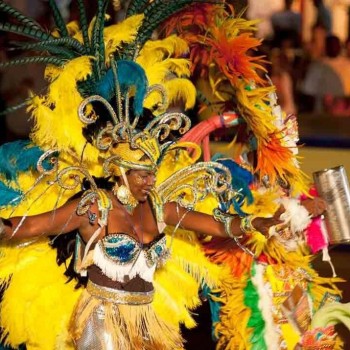
Bahamian Music
Date: mid-February
Bahamian Music and Heritage Festival is one of the most valuable events on Exuma Island, held in mid-February. There’s plenty of singing through local and visiting musicians, along with readings and storytelling, so it is suitable for kids.
There is also the opportunity to pick up Bahamian arts and crafts, including conch shell carvings, and sample traditional dishes.
.jpg)
Independence Day
Date: July
The Bahamas celebrates Independence Day on July 10, when the country was ceded from Great Britain in 1973. The day features parties and events countrywide, including beach festivities, parades, and fireworks.
All islands get in on the party, with particular attention on Nassau and Freeport and the hotels of Paradise Island.
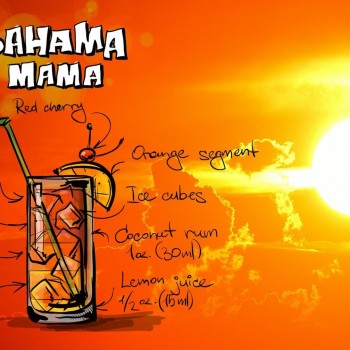
International Beer Festival
Date: September
International Beer Festival celebrates in the Olde Town Mall in Sandyport at the western end of Cable Beach; Nassau has many beers available from the UK, America, Asia, and the Bahamas. It takes place over a weekend towards the end of September, but the downer is it only runs from 12:00 noon to 6:00 p.m.
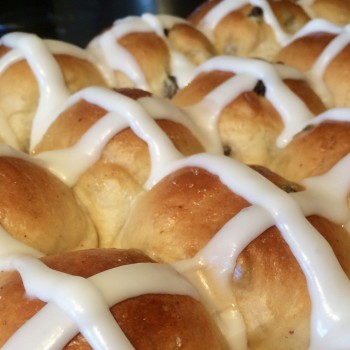
Art and Conch Street Festival
Date: Date varies
The Art and Conch Street Festival combines artistic and culinary components held in Trinity Place and Market Street in downtown Nassau, New Providence.
From over 25 Bahamian visual artists, including Jeff Cooper and Anthony Morley, the artwork of Paulette Mortimer, Trevor Tucker, Attila Fest, and Beatrice Gardiner has been showcased and sold here.
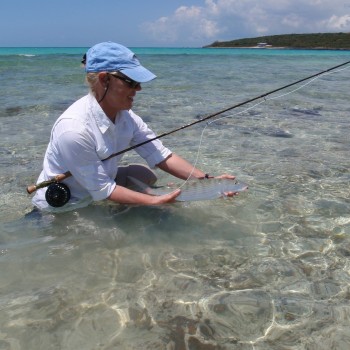
Fishermen’s Fest or The Spanish Wells
Date: July
Fishermen’s Fest or The Spanish Wells festival, is celebrated to adieu farewell to the local fishers. A variety of seafood is served, including lobster thermidor / conch and rice, drinks, and desserts. The weekend is packed with fun activities for the kids and adults.
Attractions / Top Sights
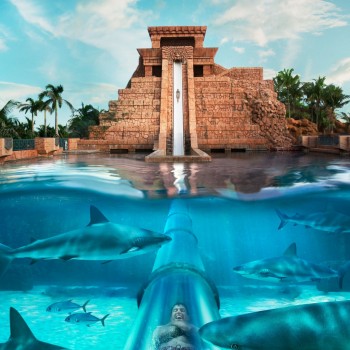
Atlantis Resort
When to visit: November to March
The Atlantis Resort in the Bahamas is Nassau's most famous tourist attraction; it is a luxury hotel, entertainment complex, aquarium, and water park. The enormous property features a Dolphin Cay, Casino, and 141-acre waterpark called Aquaventure.
Aside from the perfect water playground for the entire family, Atlantis boasts six outdoor lagoons and aquariums containing more than 50,000 animals from over 200 species. It's one of the top resorts in the Bahamas.
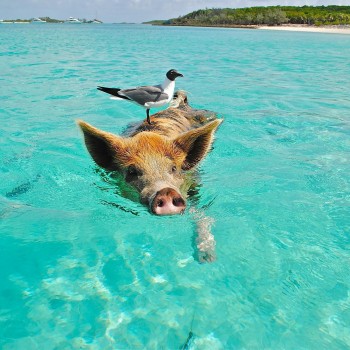
Exuma Cays Land and Sea Park
When to visit: November to March
The Exuma Cays Land and Sea Park is a protected area in the Exuma Cays of the Bahamas. The 176-square-mile Exuma Cays Land and Sea National Park, built in 1958, is the first “no-take reserve” in the Caribbean and one of the most successful marine parks in the world.
Exuma Cays Land and Sea Park is located on the remote eastern edge of the Bahamas; the Land and Sea Park is where many divers and snorkelers come to explore the abundant marine life and clear blue waters. Exuma is also home to the Bahamas’ famous swimming pigs.
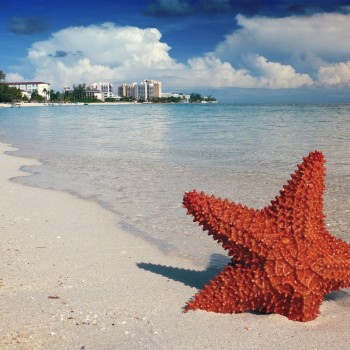
Pink Sand Beach, Harbour Island
When to visit: December to April
The Pink Sand Beach at Harbour Island is one of the most majestic natural wonders in the Caribbean. The light pink sand gets its hue from thousands of broken coral pieces, shells, and calcium carbonate materials left behind by foraminifera living in the coral reefs surrounding the beach.
The place is perfect for diving, snorkeling, fishing, and sunbathing along the rosy-hued shores. It is one of the most beautiful beaches in the Caribbean, and its chic resorts lure discerning travelers from around the world.
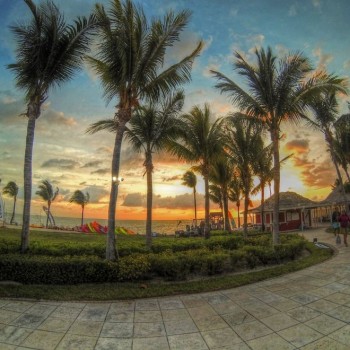
Grand Bahama
When to visit: November to April
Located in the northernmost of the Bahamian islands, Grand Bahama Island is a famous tourist destination in the Bahamas. The capital, Freeport, is the second biggest city in the Bahamas, though Port Lucaya has now replaced it as the tourist hub for shopping, dining, and entertainment.
Grand Bahama Island offers stretches of deserted clean-white beaches, inviting hotels, one major casino, night-time entertainment, world-class scuba diving facilities, and land and sea sports.
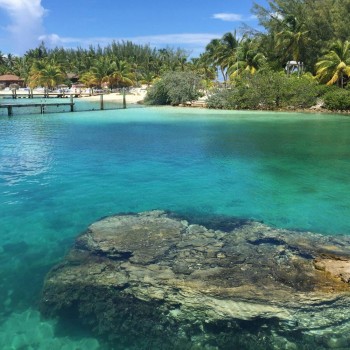
Blue Lagoon Island
When to visit: November to April
Blue Lagoon Island is a private island located near Nassau, Bahamas, and is one of the famous tourist attractions in the Bahamas.
The secluded island is surrounded by white sand beaches and crystal clear water and offers plenty of opportunities for snorkeling, diving, and water sports. Blue Lagoon Island also is home to dolphins and sea lions.
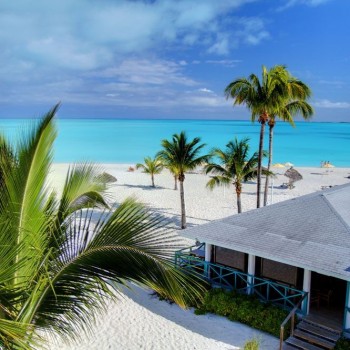
Treasure Cay Beach
When to visit: November to April
Treasure Cay Beach is one of the most beautiful beaches in the world. The beach lies in the upscale resort community of Treasure Cay, which hosts one of the most famous fishing tournaments in the Bahamas.
Treasure Cay Bahamas is the gateway to the crown jewel of the Abacos: Green Turtle Cay. There you can have the time of your life interacting with Green turtles, stingrays, Nurse Sharks, and the famous swimming pigs. Green Turtle Cay is an excellent destination for snorkeling and scuba diving.
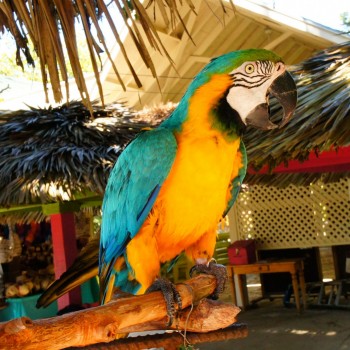
Ardastra Gardens, Zoo & Conservation Centre
When to visit: November to April
The Ardastra Gardens, Zoo & Conservation Centre is a peaceful 80-year-old retreat featuring lush tropical gardens and an impressive zoo with the most extensive collection of Bahamian animals and species.
The zoo is famous for being the home of the Caribbean Flamingo, the Bahamas’ Native Bird, while the gardens boast exotic fruit trees, coconut palms, orchids, and much other exotic plant life.

